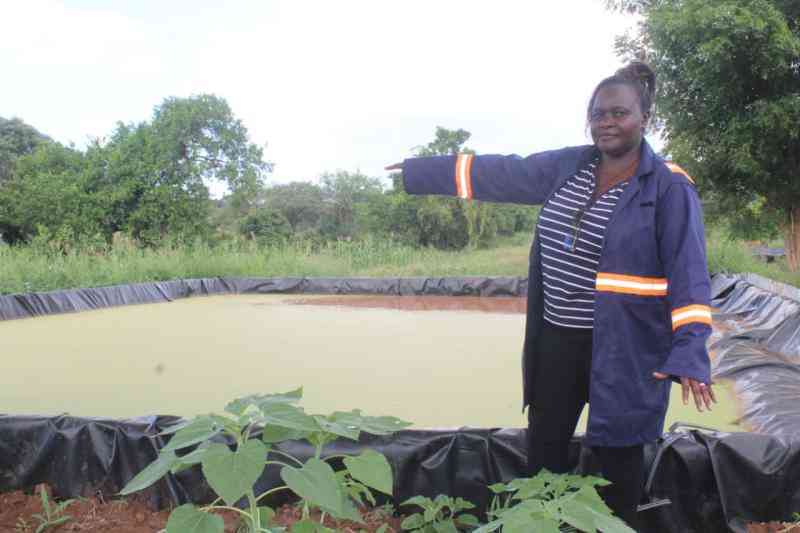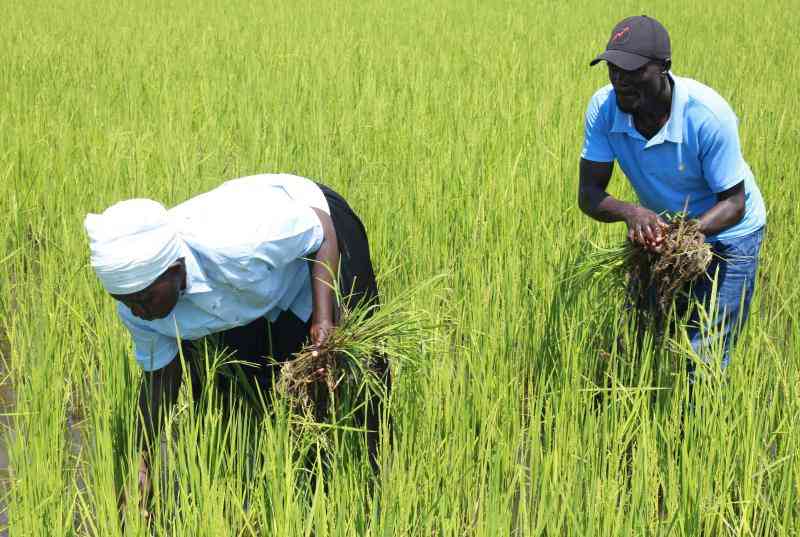
Orange fleshed sweet potato farm in Kapchemutwo ward, keiyo North in Elgeyo Marakwet county. [Christopher Kipsang, Standard]
Nutritious foods like sweet potatoes are becoming more popular as Kenyans embrace healthy lifestyles. How about starting a sweet potato farm to ride on this craze? Well, sweet potatoes are easy to grow because they are hardy. Even with minimal fertilisation and care, they perform well. The fastest and easiest way to grow sweet...
 The Standard Group Plc is a multi-media organization with investments in media platforms spanning newspaper print
operations, television, radio broadcasting, digital and online services. The Standard Group is recognized as a
leading multi-media house in Kenya with a key influence in matters of national and international interest.
The Standard Group Plc is a multi-media organization with investments in media platforms spanning newspaper print
operations, television, radio broadcasting, digital and online services. The Standard Group is recognized as a
leading multi-media house in Kenya with a key influence in matters of national and international interest.











